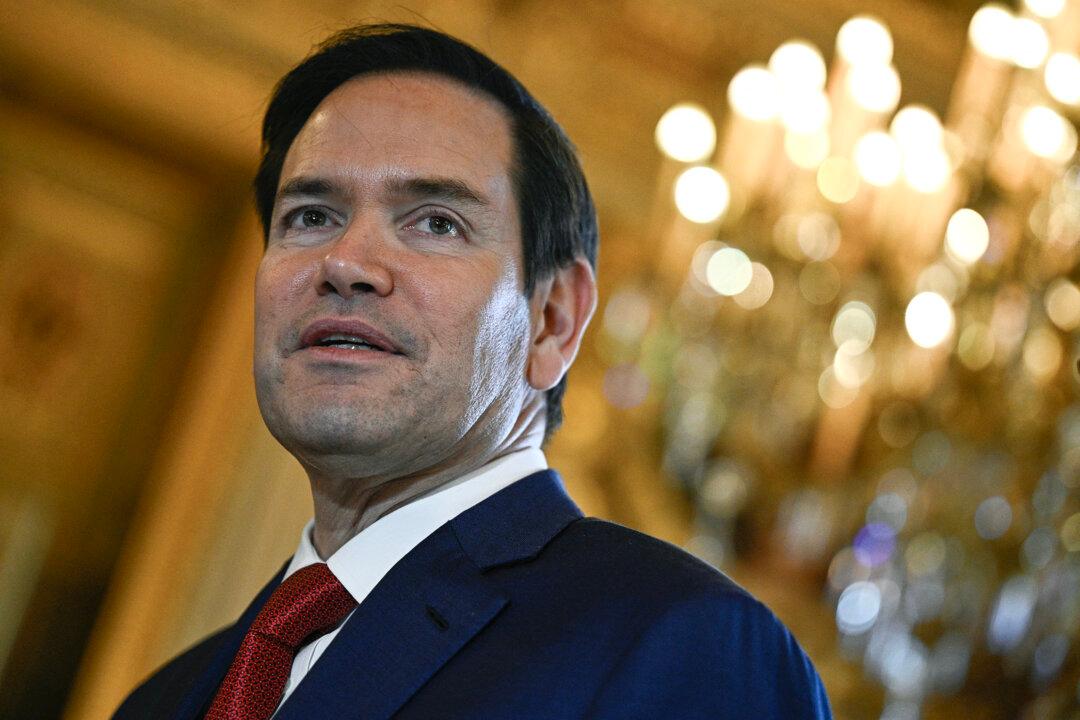Another 205,000 American workers filed for unemployment benefits last week, matching the prior week’s jobless claims number and roughly in line with pre-pandemic levels, suggesting that the recent rise in COVID-19 infections was not driving a fresh wave of layoffs.
“With so much uncertainty now and the high level of concern about the Omicron variant, we’ll take stability when we can get it,” Bankrate Senior Economic Analyst Mark Hamrick told The Epoch Times in an emailed statement.
“Fortunately, there’s no evidence in this data of a new wave of fresh job loss. New claims are only slightly above the lowest point in decades notched a couple of weeks ago,” Hamrick added.
Continuing unemployment claims, which run a week behind the initial filings figure and reflect the total number of people receiving benefits through traditional state programs, fell by 8,000 to 1.86 million—a pandemic-era low.
Small business “owners have been increasing compensation to record-high levels to attract the right employees to their business,” NFIB Chief Economist William Dunkelberg said in a statement.
“Owners are also pessimistic as many continue managing challenges like rampant inflation and supply chain disruptions that are impacting their businesses right now,” Dunkelberg added in a press release.
Other economic releases on Thursday included data on the Federal Reserve’s preferred inflation gauge, the so-called PCE price index. In the year through November, PCE inflation hit 5.7 percent, an acceleration compared to October’s reading and the highest level in nearly 40 years. A separate measure called core PCE, which excludes the volatile categories of food and energy and is seen by many economists as a more reliable gauge of underlying inflationary pressures, also rose faster than in October, hitting its highest level since 1989.
Ian Shepherdson, chief economist at Pantheon Macroeconomics, said in a note that he expects even more upside for core PCE inflation, predicting the gauge has “further to rise before peaking in February.”
Some forward-looking data also suggests that inflationary pressures could persist for a while longer. A recent New York Fed report on manufacturing activity in New York state showed that two, six-months-ahead inflation expectation gauges—future prices paid and future prices received—remained close to their all-time highs.
And NFIB’s measure of small business owners expecting better business conditions over the next six months fell to a net negative 38 percent in November, matching a previous 48-year low.
“As the end of the year nears, the outlook for business conditions is not encouraging to small business owners as lawmakers propose additional mandates and tax increases,” Dunkelberg said.
While consumer confidence edged up in December, inflation and rising COVID-19 cases cloud the outlook.
“Looking ahead to 2022, both confidence and consumer spending will continue to face headwinds from rising prices and an expected winter surge of the pandemic,” Lynn Franco, senior director of economic indicators at The Conference Board, said in a statement.





